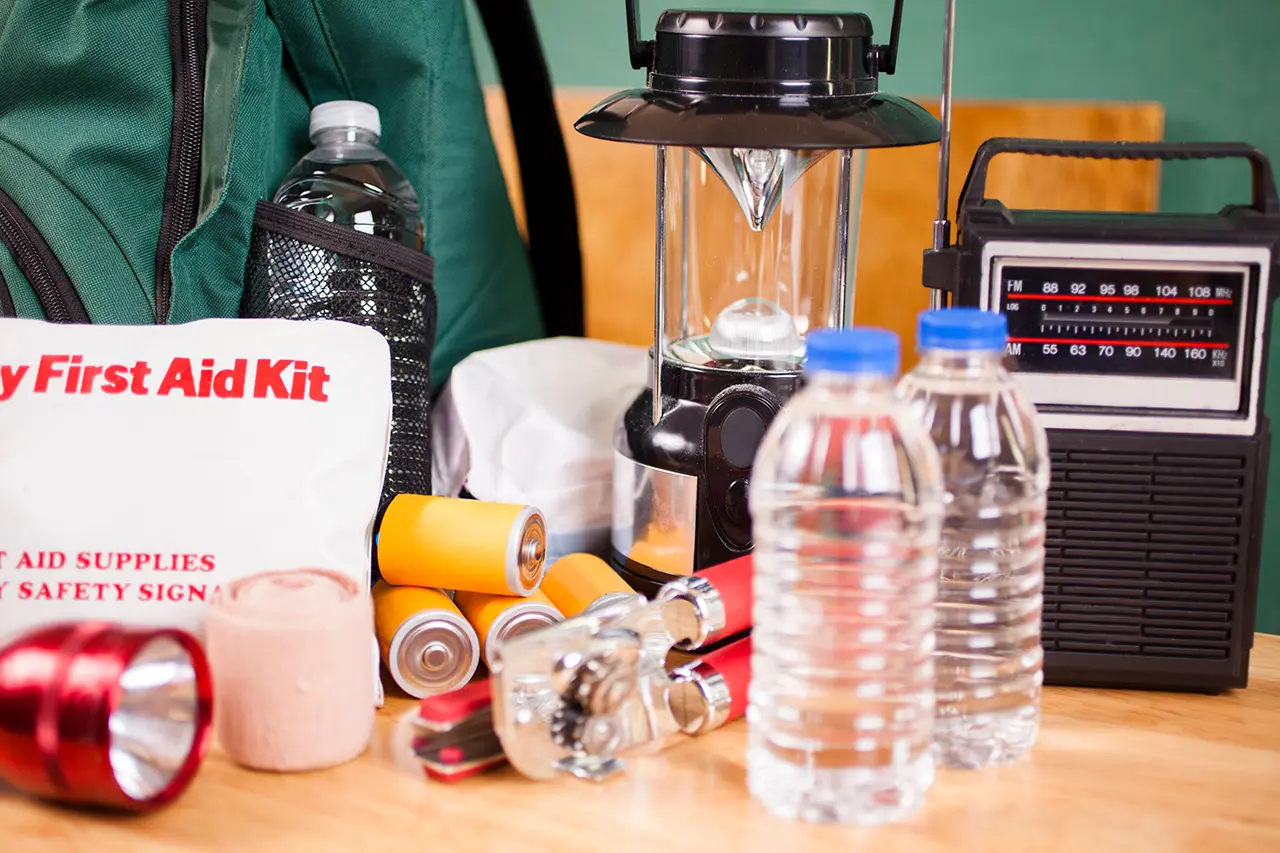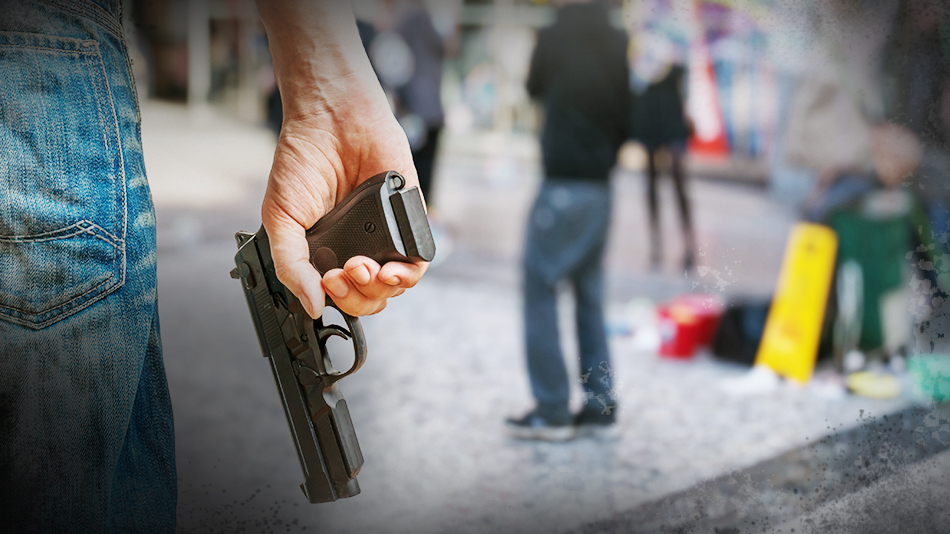
As September unfolds, so does an important opportunity to address a critical public health concern—suicide. Suicide Prevention Month is a period of heightened awareness that serves as a rallying point for individuals, communities, and organizations to come together and advocate for mental health, share knowledge, and support those affected by suicide. With suicide among the top nine leading causes of death in the U.S., this month holds immense significance in fostering understanding, offering hope, and supporting prevention.
Each year, countless lives are tragically cut short by suicide, leaving nothing but heartbreak and pain for families, friends, and communities. Suicide Prevention Month amplifies the voices of those who are dedicated to raising awareness about mental health challenges, destigmatizing mental illness, and promoting strategies to prevent suicide. By shining a light on this critical issue, we can work toward creating a nation where every individual has the support and resources they need to navigate their mental health journey.
The Impact of Mental Illness and Suicide
Mental illness plays a pivotal role in the context of suicide, and understanding this link is crucial. Many individuals who die by suicide are grappling with untreated or undertreated mental health conditions. Depression, anxiety, bipolar disorder, and other mental health disorders can amplify feelings of hopelessness and isolation. Suicide Prevention Month seeks to diminish the stigma associated with mental illness, creating an environment where seeking help is not only accepted but encouraged.
The Role of Prevention Organizations
Throughout September and year-round, various prevention organizations play a vital role in advocating for mental health and suicide prevention. These organizations raise awareness and provide resources for those affected by suicide to share their experiences. By participating in events, workshops, and awareness campaigns, these organizations strive to create a compassionate and informed society, creating safe spaces for conversation around mental health and suicide.
Unveiling National Suicide Prevention Week
Included within Suicide Prevention Month is National Suicide Prevention Week, an impactful seven-day initiative dedicated to highlighting the urgency of addressing suicide. This week, usually observed in the second week of September, serves as a platform to underscore the importance of mental health, encourage open dialogue, and equip individuals with tools to recognize warning signs and take action. During this week, discussions, seminars, and community events provide opportunities for engagement and education. It’s the perfect chance for you to go out and make a difference in someone’s life (and you might do so without even realizing it).
World Suicide Prevention Day: A Global Call to Action
Within National Suicide Prevention Week, World Suicide Prevention Day, observed on September 10, takes center stage. This global event unites individuals and communities across the world as they come together to address the universal concern of suicide. On this day, social media platforms, public forums, and educational initiatives are used to reach a wider audience, emphasizing the importance of collective efforts in preventing suicide and promoting mental well-being.
What is the color for suicide prevention month?
The color associated with suicide prevention month is typically a shade of teal or turquoise. This color is chosen to symbolize hope, healing, and support for individuals struggling with mental health challenges. It serves as a visual reminder of the importance of raising awareness about suicide prevention and promoting discussions surrounding mental well-being.
What color is the suicide prevention ribbon?
The suicide awareness ribbon is typically represented in a combination of colors, often consisting of a teal or turquoise ribbon combined with a purple ribbon. The teal or turquoise represents suicide prevention, while the purple symbolizes the impact of losing someone to suicide. This dual-colored ribbon signifies the interconnectedness of prevention efforts and the need to provide support and empathy for those affected by suicide.
How to promote suicide awareness?
Promoting suicide awareness involves a few steps that can help make a meaningful impact. Individuals and communities can engage in various activities such as:
-
Education and Outreach:
Organize workshops, seminars, and informational sessions in your local community (or even your online community) to provide accurate information about mental health, warning signs of suicide, and available resources.
-
Open Conversations:
You can simply encourage open discussions about mental health and suicide to reduce stigma and create a safe space for individuals to share their thoughts and experiences. You never know if one comment such as, “Hey, how are things going for you?” could change someone’s life/experience.
-
Supportive Environment:
Be the type of person to whom individuals feel comfortable going for advice. Share a conversation and make sure to listen when someone is explaining what’s going on in their life.
-
Social Media Engagement:
Utilize social media platforms to share informative posts, personal stories, and resources related to suicide prevention and mental health. The more positivity that’s spread across social media, the more lives can potentially be saved.
-
Participate in Events:
Join local or national events during Suicide Prevention Month, National Suicide Prevention Week, and World Suicide Prevention Day to raise awareness and show solidarity.
-
Donate and Volunteer:
Contribute to organizations dedicated to suicide prevention through donations or volunteer work in your local or online community to support their initiatives.
What are the three C’s in suicide prevention?
The three C’s in suicide prevention represent key principles that guide efforts to support individuals in crisis and prevent suicide:
- Connection: Building strong connections and relationships with individuals at risk is essential. A sense of belonging and support can provide a shield against feelings of isolation and despair.
- Collaboration: Collaboration serves as the cornerstone of comprehensive suicide prevention efforts. In a world often defined by individualism, it’s crucial we recognize how much stronger we are if we work together. This magnifies the impact of prevention initiatives, ensuring that resources are more accessible and awareness reaches more individuals.
- Choice: Empowering individuals to make choices to strengthen their well-being is a fundamental tenet of suicide prevention. It’s important to recognize each person’s journey is unique, as they navigate the importance of informed decisions and self-determination. Choice helps start the path toward healing, allowing individuals to reclaim control over their lives and envision a brighter future.
By incorporating these three C’s into suicide prevention efforts, individuals and communities can create a compassionate and supportive environment that helps strengthen individuals’ mental well-being and reduces the risk of suicide.
Promoting Suicide Awareness: Strategies That Make a Difference:
Promoting suicide awareness is an endeavor that involves the collaboration of individuals, organizations, and communities. The power of social media is harnessed during Suicide Prevention Month to spread information, share personal stories, and spread messages of hope. By using platforms like Facebook, Instagram, X (formerly Twitter), and more, people can amplify the conversation surrounding mental health, helping others to understand it’s okay to talk about your feelings and reach out if things aren’t okay.
Promoting Awareness and Support Year-Round:
While Suicide Prevention Month serves as an annual focal point, the efforts to prevent suicide and promote mental health extend beyond September. Cultivating a culture of awareness, empathy, and understanding is a year-round commitment. By advocating for policies that prioritize mental health, supporting prevention organizations, and engaging in open conversations, we can collectively make strides toward a world where fewer lives are lost to suicide.
Suicide Prevention Month, encompassing National Suicide Prevention Week and World Suicide Prevention Day, serves as a critical reminder of the urgent need to address mental health challenges and prevent suicide. By spreading awareness, encouraging dialogue, and promoting compassion, we can create a society that supports individuals in their mental health journey. As we all wade through the complexities of life, we can stand together to make a difference and show that every voice deserves to be heard.
The information provided in this publication is intended to provide general information to individuals and is not legal advice. The information included in this publication may not be quoted or referred to in any other publication without the prior written consent of U.S. LawShield, to be given or withheld at our discretion. The information is not a substitute for, and does not replace the advice or representation of a licensed attorney. We strive to ensure the information included in this publication is accurate and current, however, no claim is made to the accuracy of the information and we are not responsible for any consequences that may result from the use of information in this publication. The use of this publication does not create an attorney-client relationship between U.S. LawShield, any independent program attorney, and any individual.





Ultimately, if a person decides they are going to commit suicide they can find many more ways to do it than with a gun. Is taking someone’s gun going to stop them ? It may short term, but if they are determined, no.
It’s possible it could slow someone up long enough for someone to help them recver from their intention to do it.
It might be better to suspend their right through confiscation . However, it’s never going to fix the problem, long-term.